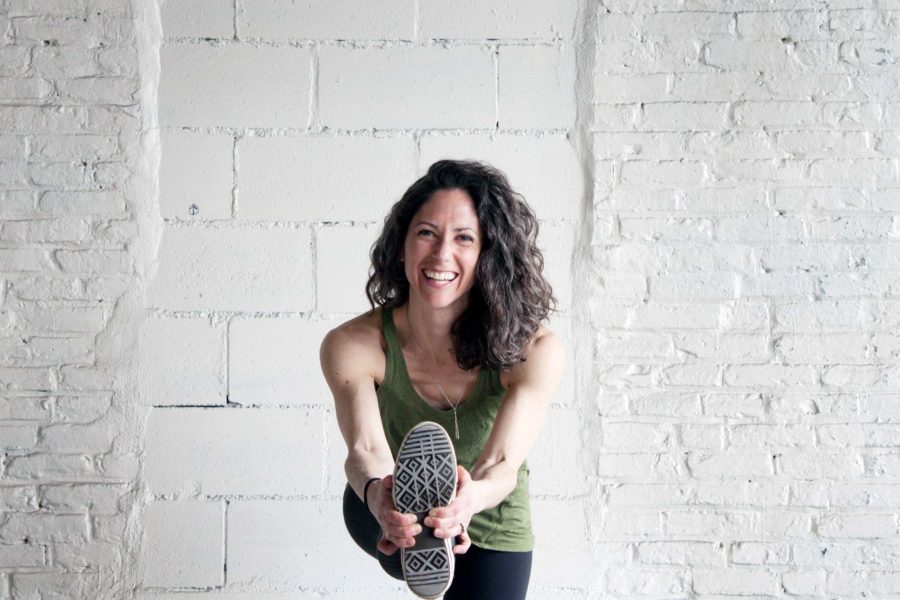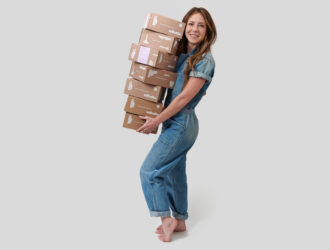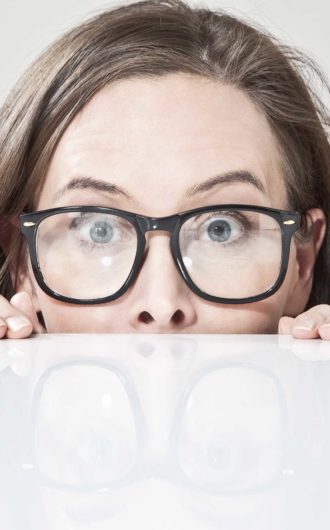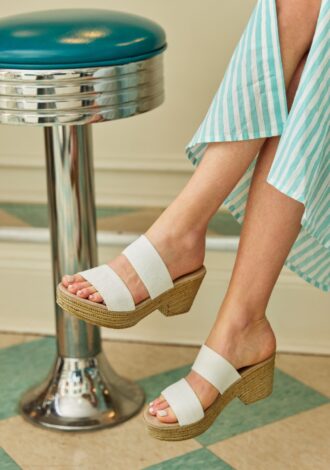These days, it’s easy to get caught up in the trendy and aesthetic aspects of yoga. From $100 patterned leggings and handstand pictures on the beach, to the aroma of sage incense and new age music playlists, to trends like SUP yoga and alpaca yoga, “yoga” is pure Pinterest fodder.
According to Emily Tevald, cofounder of Boston Yoga Union, many yoga practitioners today are just merely scratching the surface of a practice that originated in India thousands of years ago and encompasses many spiritual, philosophical and physical concepts.
Yoga, and by extension, the concept of self care, is commonly misunderstood, she says, and she’s been practicing and studying yoga for over a decade.
“We sometimes mistake self care to mean working out or trying to model ourselves off of what society thinks we should be doing, looking or feeling like,” she says. “Being fitness-focused isn’t the only way to approach a yoga practice.”
“Yoga was designed as a way to tune into yourself,” says Tevald. “Sometimes you want to move fast and get sweaty and other times, you need to back off and be meditative or restorative.”
The word “Yoga” is derived from the Sanskrit root “Yuj,” meaning “to yoke” or “to unite.” And according to ancient yogic scriptures, practicing yoga leads to the union of the mind and the body.
For Tevald, yoga is “about showing up repeatedly and learning and developing over time,” she says. As a way of life that combines physical postures with breathing techniques, mantras and meditations, yoga is a “beautiful thing that you can interact with in the varying degrees that it exists in the world.”
There are various branches of yoga and ways to practice it, but the most commonly practiced variations in the Western world are: Hatha yoga, Bikram yoga, Ashtanga yoga, Vinyasa Flow yoga, Iyengar yoga, Kundalini yoga and Yin yoga.
Tevald and her business partner and friend Tim Kelleher delve deeper into this world at their old-school-style yoga studio, focusing on multi-dimensional yoga and meditation offerings for the local community.
Tevald recently completed a level one Iyengar teacher-training program in New York City this past year. Iyengar yoga is alignment-focused and requires precise positioning of its postures.
“It’s a different way of looking at yoga and the philosophy of it,” she says.
As someone who started practicing yoga in her early 20s and is now entering the tail end of her 30s, Tevald has flowed her way throughout the various stages of her life: pregnancies, post-partum, injuries and body changes.
Yoga can be used as “a tool to support you as you go through life and all of its different stages, not to create shame around those changes,” she says.
If you want to start experiencing a higher form of yoga practice, being present is key. “It’s about rising everyday and saying, ‘Here I am now, with these set of circumstances. And, then, wisely moving within them.”



 2 min read
2 min read



